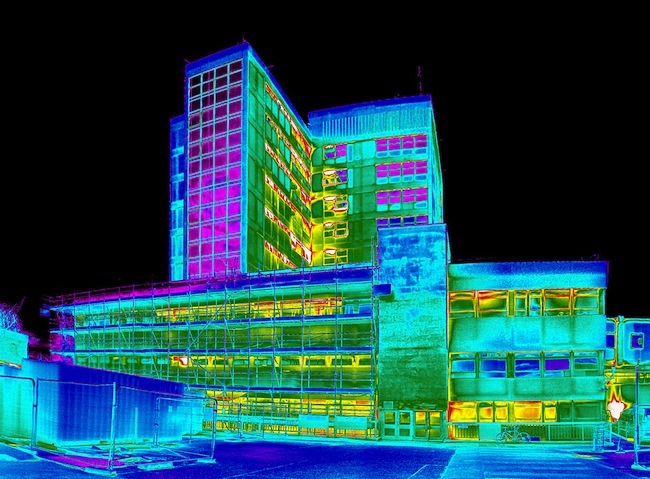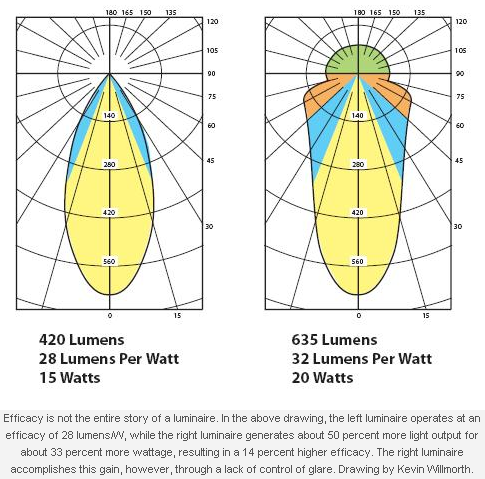At LDI this year, I heard a lot of talk about IP ratings and IP code, with such numbers being thrown around as “IP 65” and “oh, that fixture’s awesome, it’s got an IP 68 rating.”
Do you know what that means? Do you know how to interpret IP Code?
A fixture’s IP (International Protection) rating has to do with how well it is protected against the elements and people sticking stuff inside of it, to be frank. IP ratings cover two scenarios – “it classifies the degrees of protection provided against the intrusion of solid objects (including body parts like hands and fingers), dust, accidental contact, and water in electrical enclosures,” to quote Wikipedia’s entry on IP ratings.
So – the rating system is based off of two numbers and their meaning – the first against things stuck in the enclosure, and the second against water entering the enclosure. This is basically a more efficient and detailed method of saying something is “waterproof,” as many things do. There are many levels of “waterproof,” as we all probably know.
The rating system: FIRST NUMBER
0
No protection against contact and ingress of objects
1
>50 mm
Any large surface of the body, such as the back of a hand, but no protection against deliberate contact with a body part
2
>12.5 mm
Fingers or similar objects
3
>2.5 mm
Tools, thick wires, etc.
4
>1 mm
Most wires, screws, etc.
5
dust protected
Ingress of dust is not entirely prevented, but it must not enter in sufficient quantity to interfere with the satisfactory operation of the equipment; complete protection against contact
6
dust tight
No ingress of dust; complete protection against contact
The rating system: SECOND NUMBER
0
not protected –
1
dripping water
Dripping water (vertically falling drops) shall have no harmful effect.
2
dripping water when tilted up to 15°
Vertically dripping water shall have no harmful effect when the enclosure is tilted at an angle up to 15° from its normal position.
3
spraying water
Water falling as a spray at any angle up to 60° from the vertical shall have no harmful effect.
4
splashing water
Water splashing against the enclosure from any direction shall have no harmful effect.
5
water jets
Water projected by a nozzle against enclosure from any direction shall have no harmful effects.
6
powerful water jets
Water projected in powerful jets against the enclosure from any direction shall have no harmful effects.
7
immersion up to 1 m
Ingress of water in harmful quantity shall not be possible when the enclosure is immersed in water under defined conditions of pressure and time (up to 1 m of submersion).
8
immersion beyond 1 m
The equipment is suitable for continuous immersion in water under conditions which shall be specified by the manufacturer.
NOTE: Normally, this will mean that the equipment is hermetically sealed. However, with certain types of equipment, it can mean that water can enter but only in such a manner that produces no harmful effects.
If you have a “X” in your IP rating, it means that device has no rating for that number. For example, you might see IP2X on some of the indoor electrical items you have in your house, such as wall outlets. That means it is protected against fingers going into the socket, and not rated for water.
Now you know how to read IP ratings. How does it feel to be “in the know?”





Comments are closed.